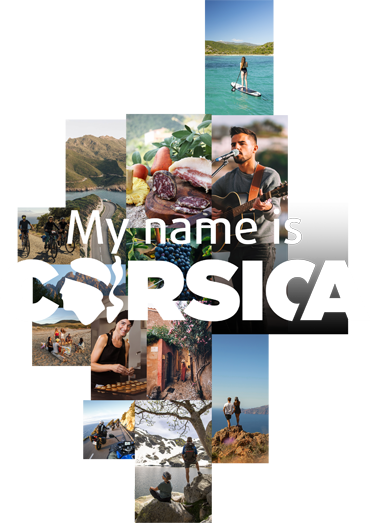Rechercher...
Explore Corsica
5 Corsican specialities to rediscover to liberate your taste buds
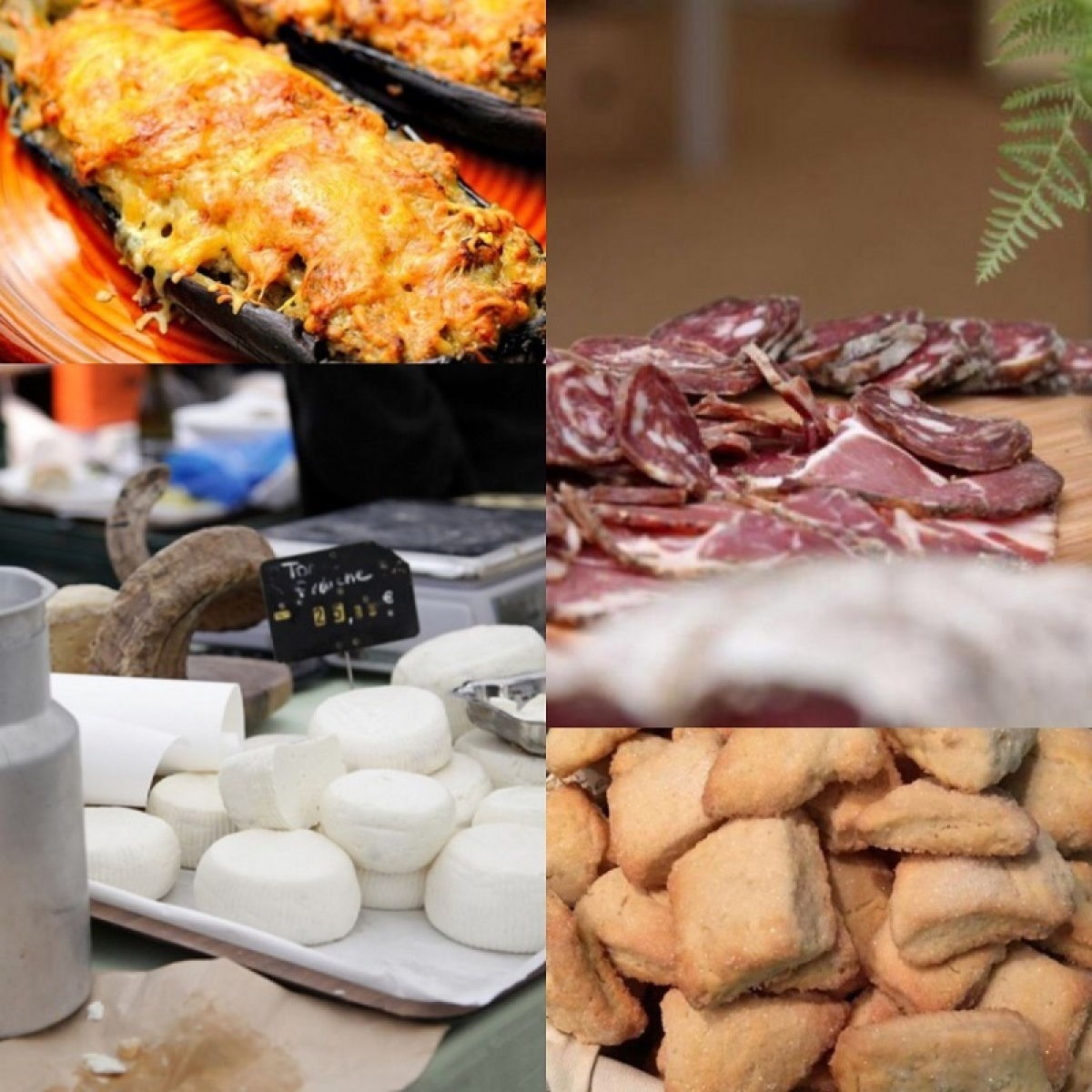
1.Beignets au brocciu (Brocciu cheese fritters)
This fresh sheep’s cheese is produced between early November and late June and can be enjoyed savoury in an omelette or, for example, “en migliacci” (in Corsican pancakes), sprinkled with a little sugar. Personally, I like it best when cooked in fritters! My friend Jeanne does these to perfection (like everything she cooks for that matter...). Fritter batter, some frying oil, a technique passed down through generations and there you have it! A word of warning however: once you start, you’ll find it hard to stop.
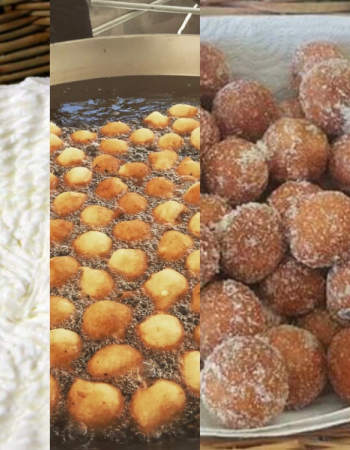 ©atc
©atc
2.Leek fritters
Known as impurate or fritelli di porri, these are eaten all year round whenever there are leeks available....The secret lies in how the leeks are cut: ”not too thick and not to thin” grandmother Pierrette tells me, having kindly shared her prep secret with me … Mine aren’t as good as hers but I will, of course, improve.
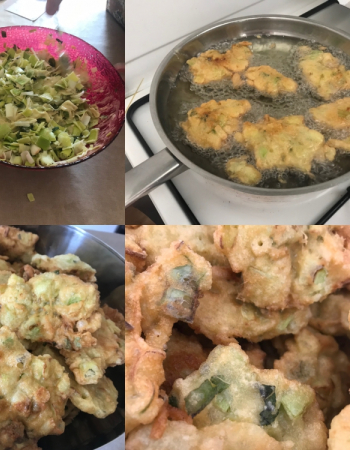 ©atc
©atc
3. Caccavellu or campanile
An aniseed cake traditionally baked for Easter, caccavellu or campanile is made in the shape of a crown or in the form of a bun. An egg is embedded in the pastry (in the shape of a cross) on top of the cake and will be eaten at a picnic on Easter Monday “A Merendella”. I dared to make this this year and have to say I think I did rather well, wouldn’t you agree?
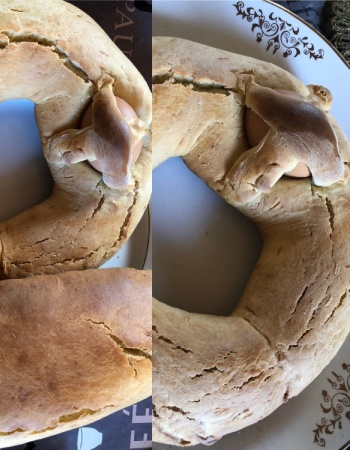 ©atc
©atc
4. Fig jam
The fig tree is an integral part of our gardens … so we forgive it for so often being unwieldy! Breba fruits, summer figs and black autumn figs are all excellent ingredients for making this jam which is traditionally eaten with a good goat’s or sheep’s milk cheese.
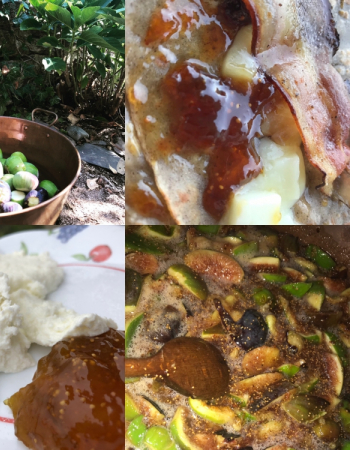 ©atc
©atc
5.Chestnut flour crêpes
You may be familiar with chestnut flour polenta, a traditional Corsican dish typically made in winter, but you’re less likely to have tried these savoury pancakes. Loosened with a little water and salt like a crepe batter but a little thicker, these are eaten with brocciu, panzetta and eggs.
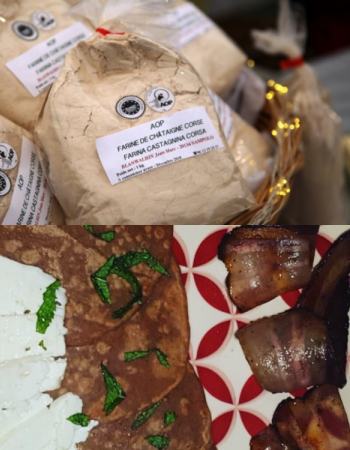
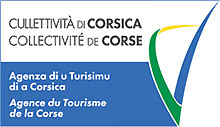

powered by cd-media.fr



